Heike Emmerich9783540004165, 3-540-00416-5
Table of contents :
Lecture Notes in Physics……Page 1
Acknowledgements……Page 5
Contents……Page 6
Introduction……Page 8
1 Structure and Scope of This Work……Page 11
02.pdf……Page 13
03.pdf……Page 24
3.1 Calculating Phase Diagrams from Energy Functionals……Page 26
3.2 Abstracted Phase Diagrams……Page 28
3.2.1 Constructing the Gibbs Free Energies……Page 31
3.2.2 Non-conserved Versus Conserved Variable Approach……Page 33
04.pdf……Page 36
4.1.1 Considering Conserved Quantities Only……Page 37
4.1.2 Extension to Non-conserved Quantities……Page 40
4.2 Introducing the Phase-Field Variable Φ……Page 43
4.3 Thermodynamic Consistency……Page 51
4.3.1 The Gradient Flow Method……Page 52
4.3.2 Entropy Production in Terms of Transport Variables……Page 54
Appendix A: Excursion to Some Basic Calculus of Variation……Page 58
Appendix B: The Cahn–Hilliard Equation……Page 59
Appendix C: The Allen–Cahn Equation……Page 60
5.1 A Formal Mathematical Approach Towards Matching……Page 64
5.1.1 Illustration of Extended Domains……Page 68
5.1.2 Matching in the Context of Diffuse Interface Modeling……Page 72
5.2 Asymptotic Matching for Thin Film Epitaxial Growth……Page 73
5.2.1 Motivation……Page 74
5.2.2 Sharp Interface Formulation……Page 75
5.2.3 The Diffuse Interface Model Equations and Their Asymptotic Analysis……Page 77
5.3.1 Role of the Governing Thermodynamic Potential……Page 83
5.3.2 The Expansion Procedure in Detail……Page 86
5.4 Discussion……Page 97
Appendix A: Transformation to Curvilinear Coordinates……Page 98
Appendix B: Greens Functions……Page 99
06.pdf……Page 102
6.1 Diffuse Interface Modeling for Hydrodynamically Influenced Growth……Page 104
6.2 The Selection Problem of Dendritic Growth Revisited……Page 109
6.3 Comparison to Experimental Data……Page 124
6.4 Summary……Page 132
Appendix A: Transformation to Parabolic Coordinates……Page 134
07.pdf……Page 136
7.1 Elastic Driving Forces Within the Diffuse Interface Approach: Extended Model Equations for Strained Surfaces……Page 137
7.2 Comparing Simulations and Experiments……Page 139
7.3 Discussion……Page 145
08.pdf……Page 146
09.pdf……Page 150
A.1 Relationship Between Physical Variables and Numerical Parameters……Page 151
A.2 Computational Universality of Phase Field Models……Page 156
A.3 Selected State-of-the-Art Numerical Approaches……Page 159
A.3.1 2D Adaptive Mesh Refinement Computation……Page 160
A.3.2 3D Simulations Including Fluid Flow……Page 166
A. Numerical Issues of Diffuse Interface Modeling……Page 169
A.1 Relationship Between Physical Variables and Numerical Parameters……Page 170
A.2 Computational Universality of Phase Field Models……Page 175
A.3 Selected State-of-the-Art Numerical Approaches……Page 178
A.3.1 2D Adaptive Mesh Refinement Computation……Page 179
A.3.2 3D Simulations Including Fluid Flow……Page 185
References……Page 188
Index……Page 197
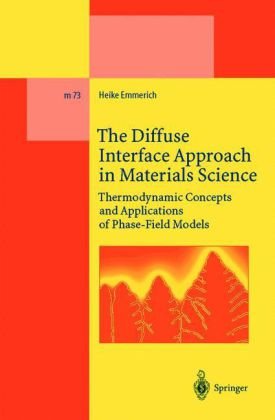
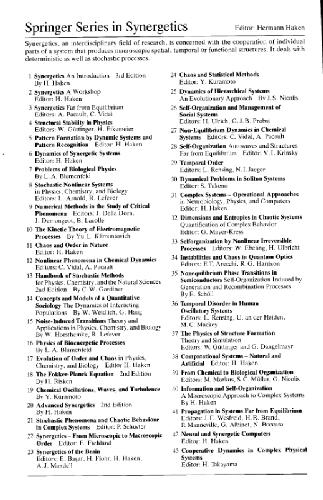


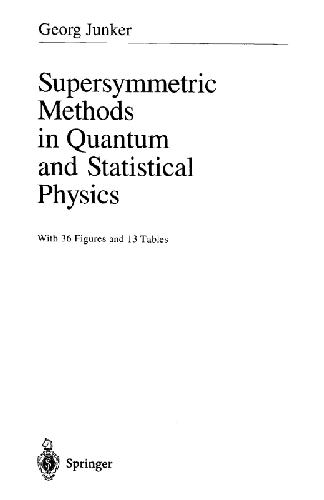
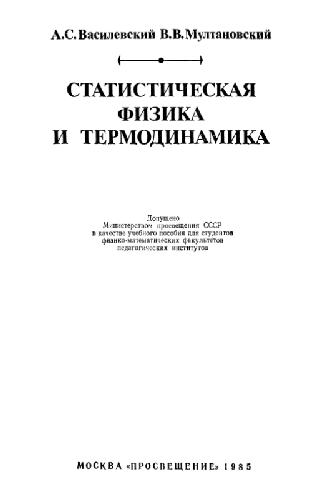
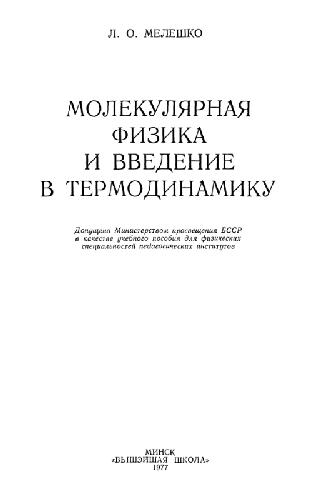
Reviews
There are no reviews yet.